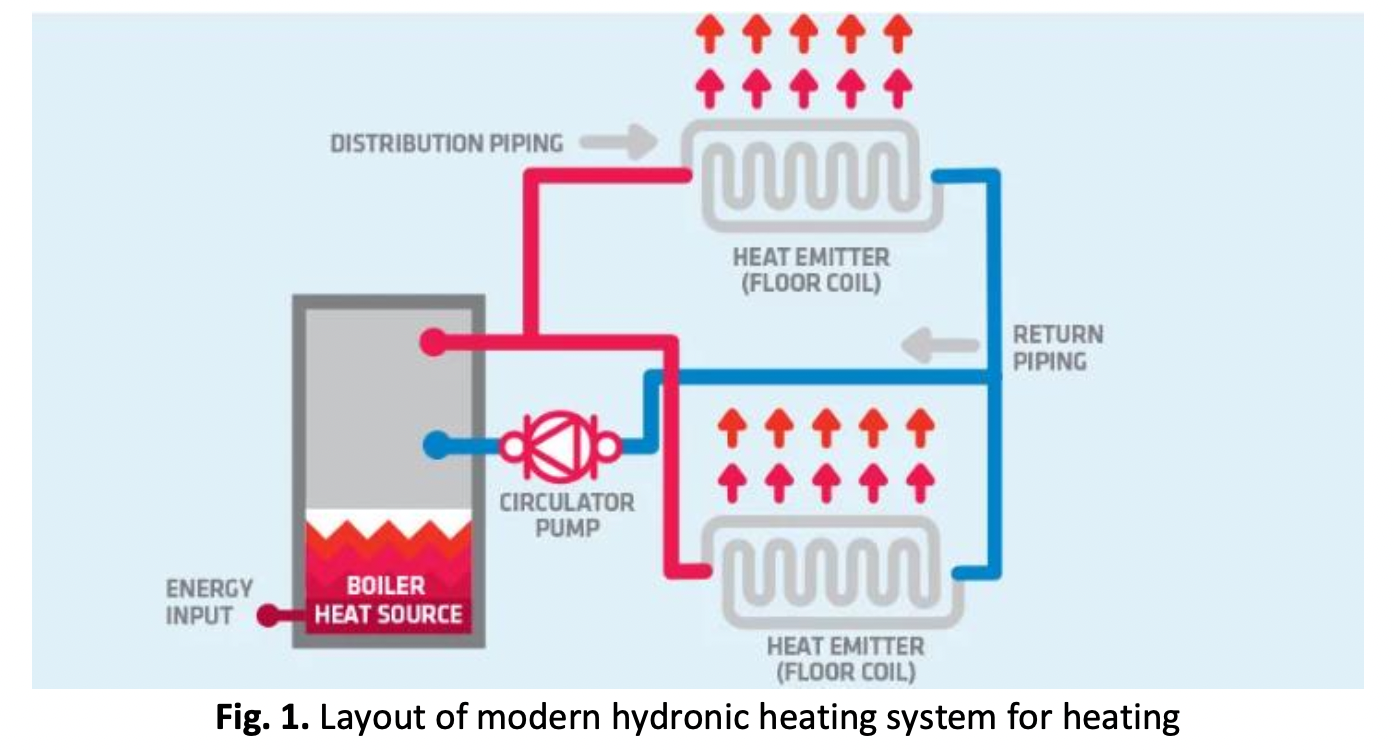Advancing Passenger Comfort: Creating a Prototype for Thermal Comfort Clothing in Flight Cabins
DOI:
https://doi.org/10.37934/arfmts.110.1.131144Keywords:
aircraft, passengers, thermal comfort level, modern hydronic systemAbstract
Research on thermal comfort has demonstrated that individuals possess unique comfort preferences in specific thermal environments. The concept of thermal comfort clothing for individuals was rarely found in previous studies. The objective of this research is to create a prototype that can sustain a thermally comfortable in winter condition for passengers in the airplane cabin. The thermal clothing was designed and put to the test in real-world scenarios to evaluate its efficacy. The outcomes of the tests were verified by assessing the levels of thermal comfort. The functionality of the clothing system revolved around heating water with a heater and then circulating it through tubes embedded within the clothing. The heat from the water was transmitted to the wearer, resulting in an increase in temperature from 22 degrees Celsius to 25 degrees Celsius within a span of 15 minutes. From the result obtained, the trend lines for surrounding temperature and water temperature exhibit a direct correlation. When the surrounding air temperature decreases, the water temperature also decreases over time. Both trend lines demonstrate a consistent increase in temperature at the same rate. Additionally, the break-even point for both trend lines occurs at 25°C in zero seconds, indicating that the prototype begins to influence the surrounding temperature in relation to the water temperature.
Downloads

































